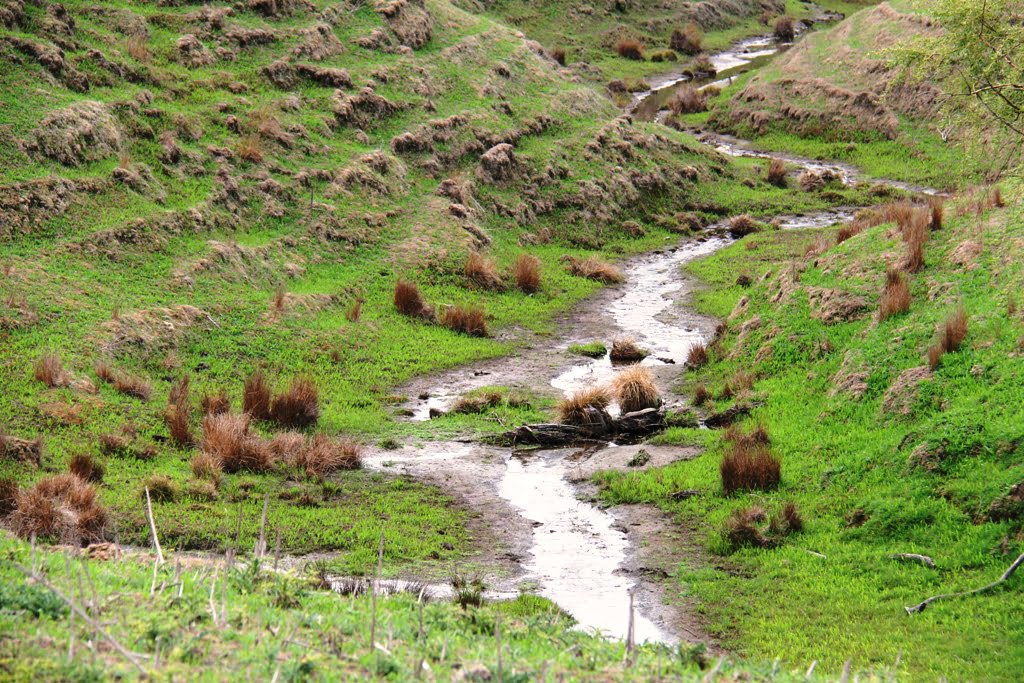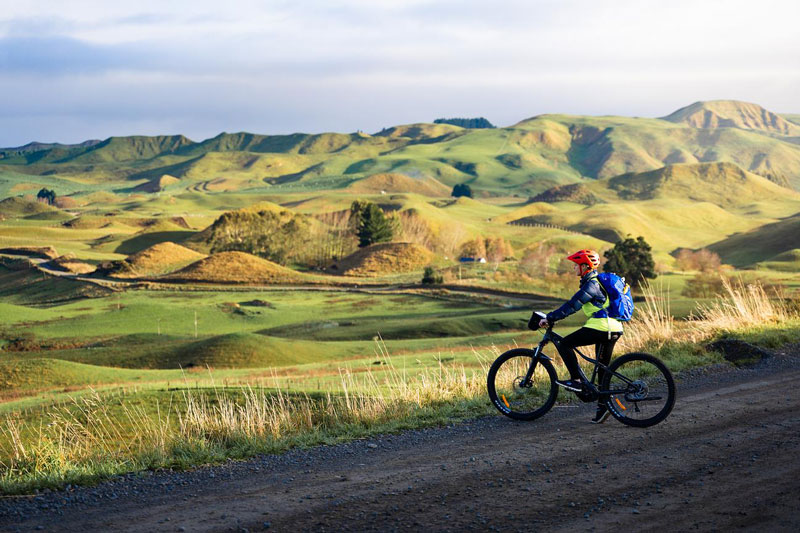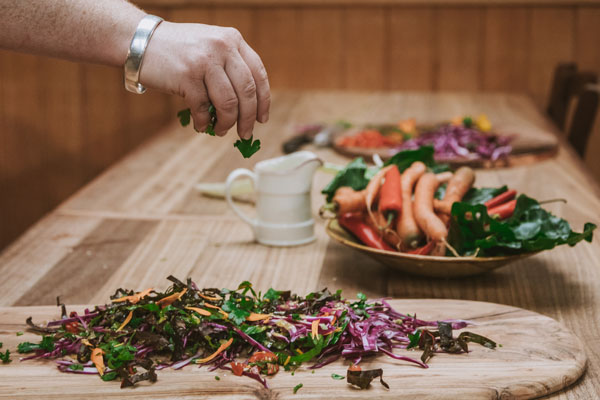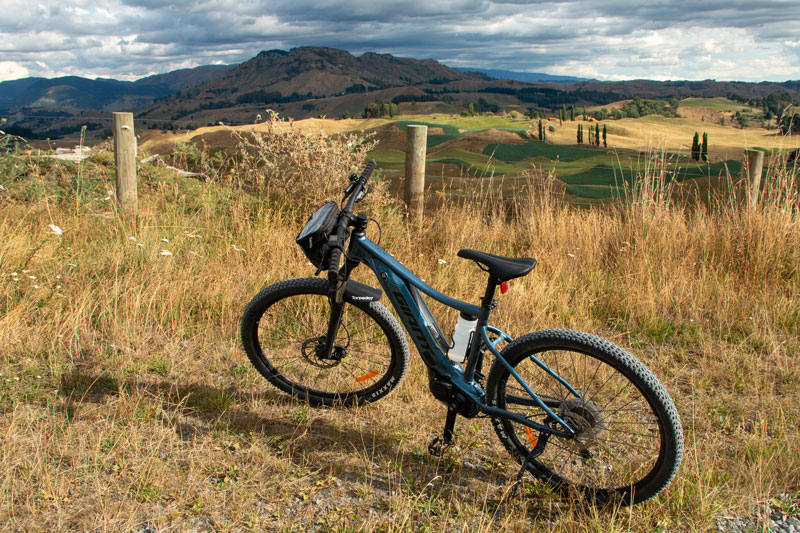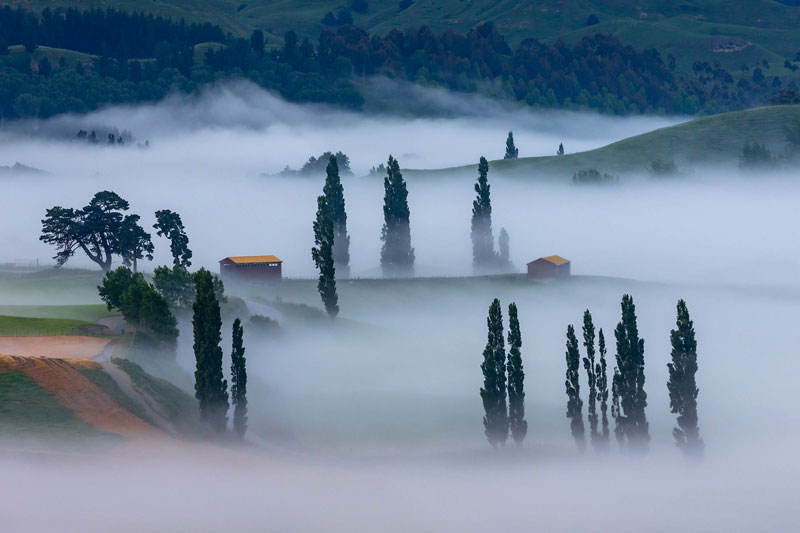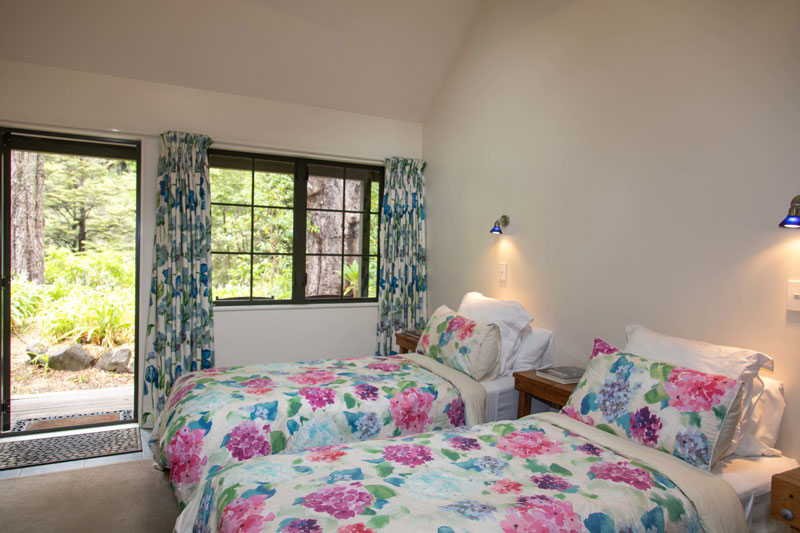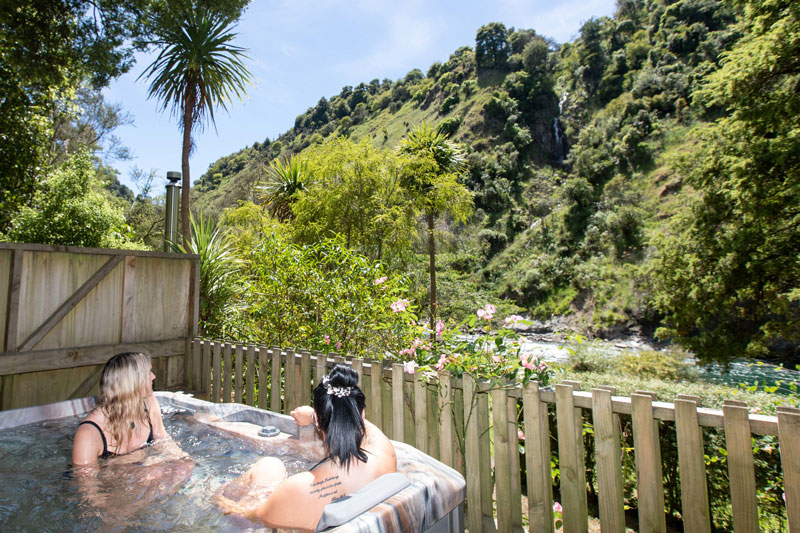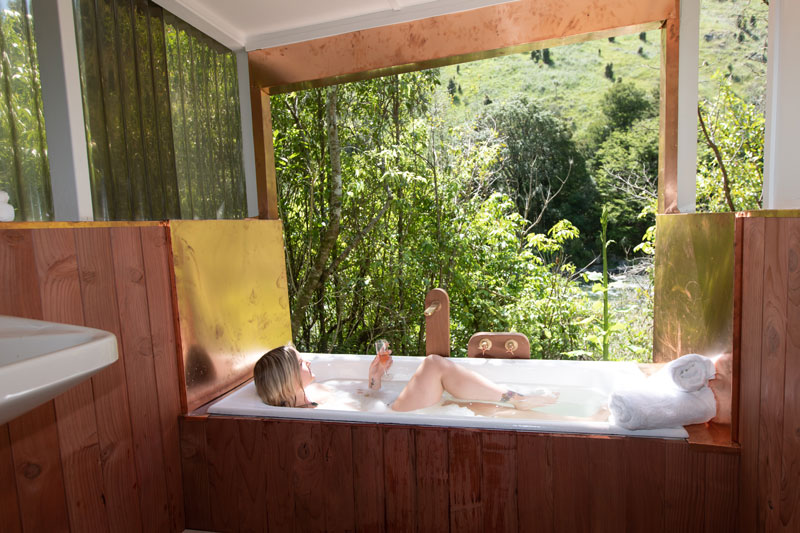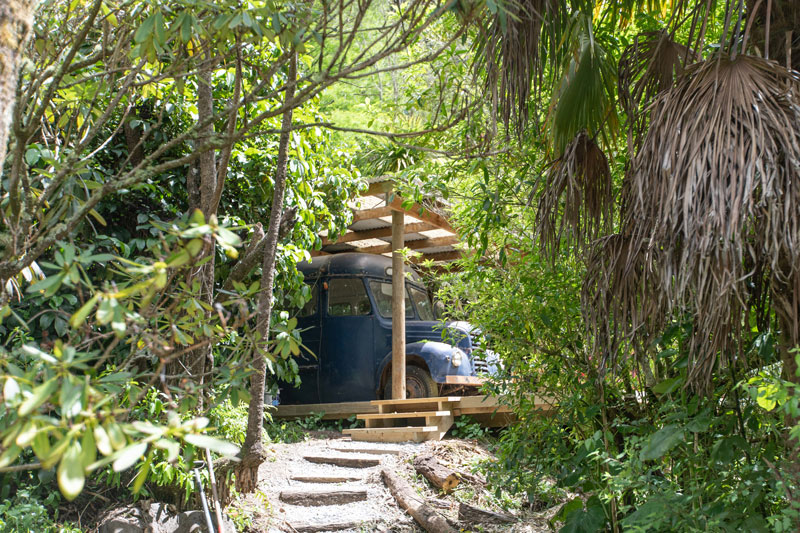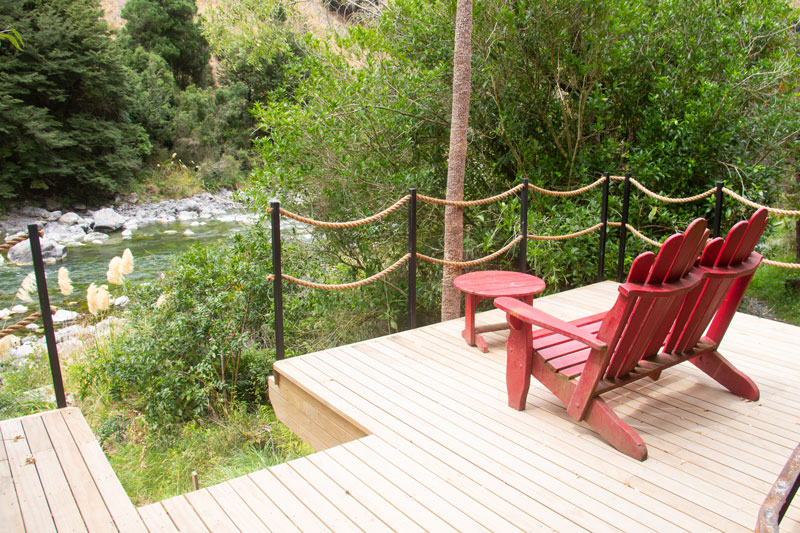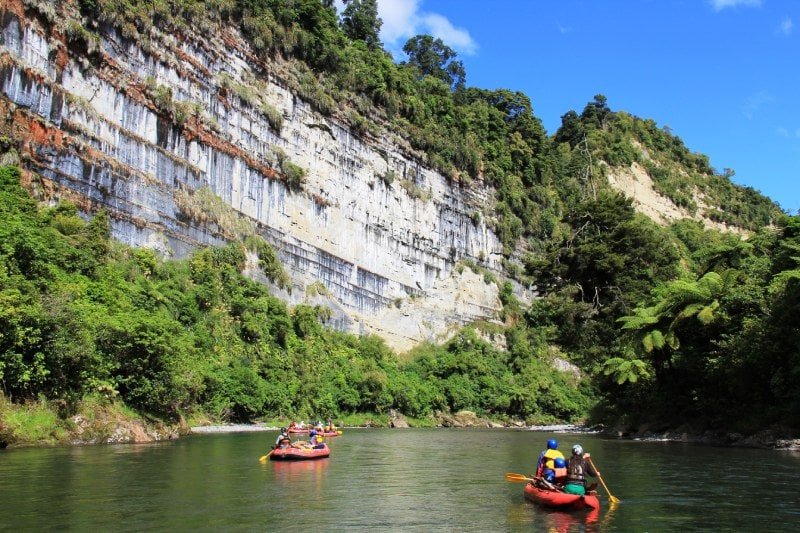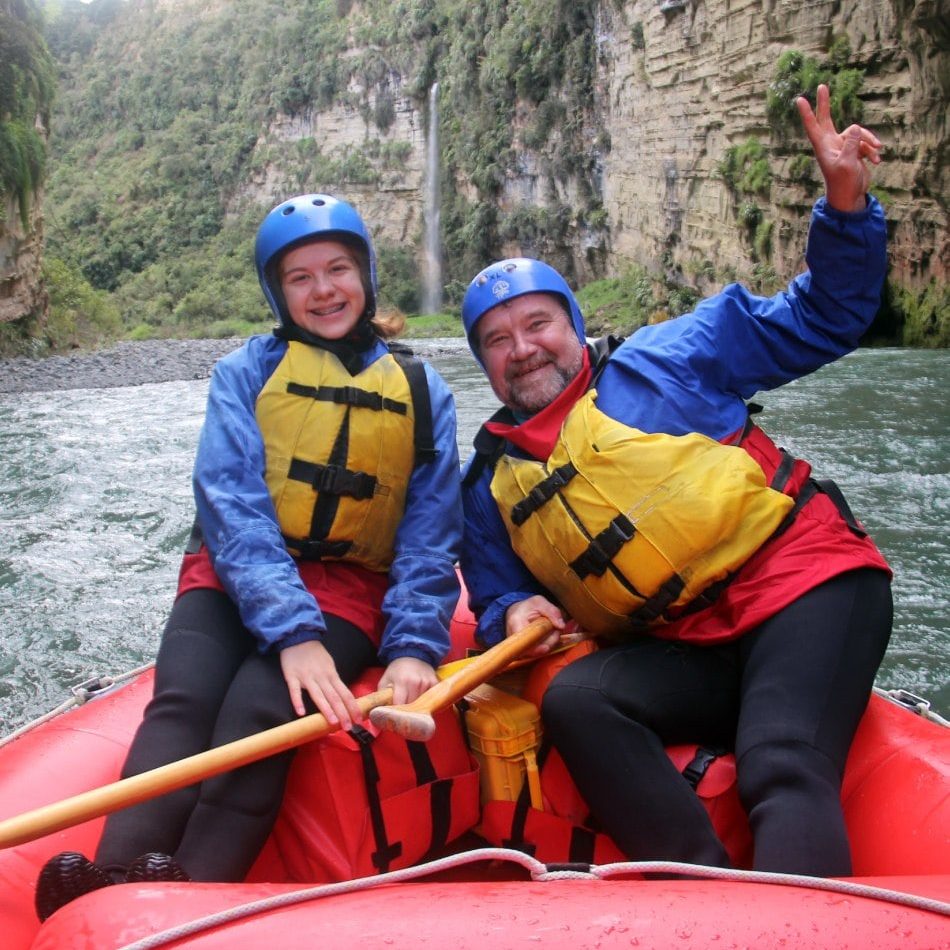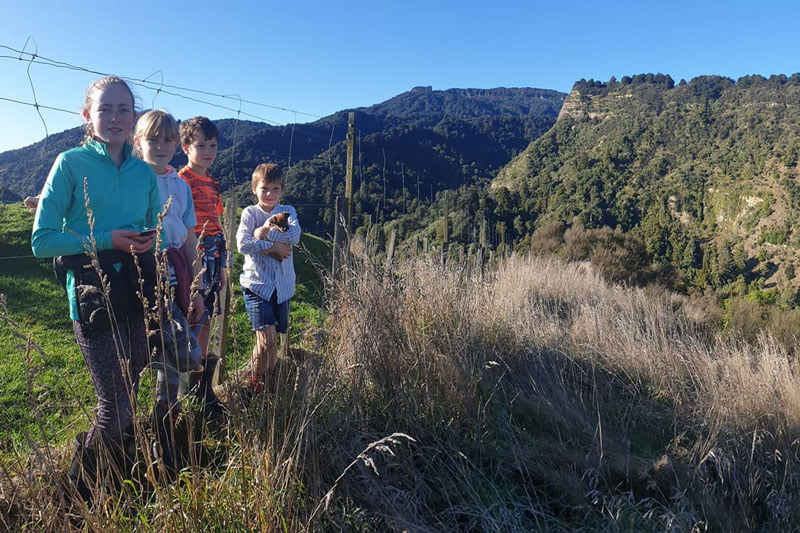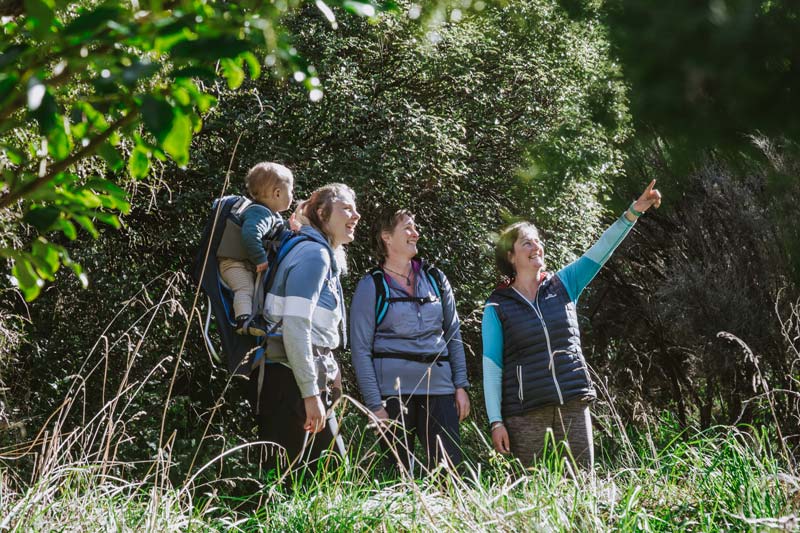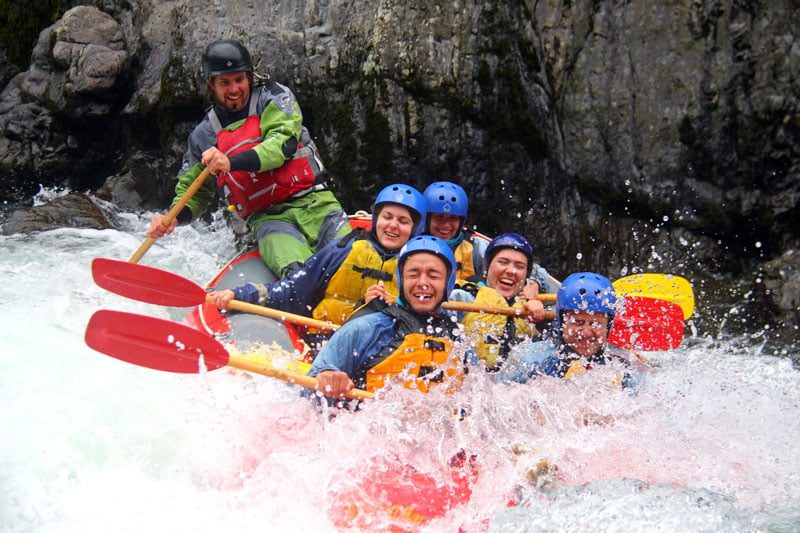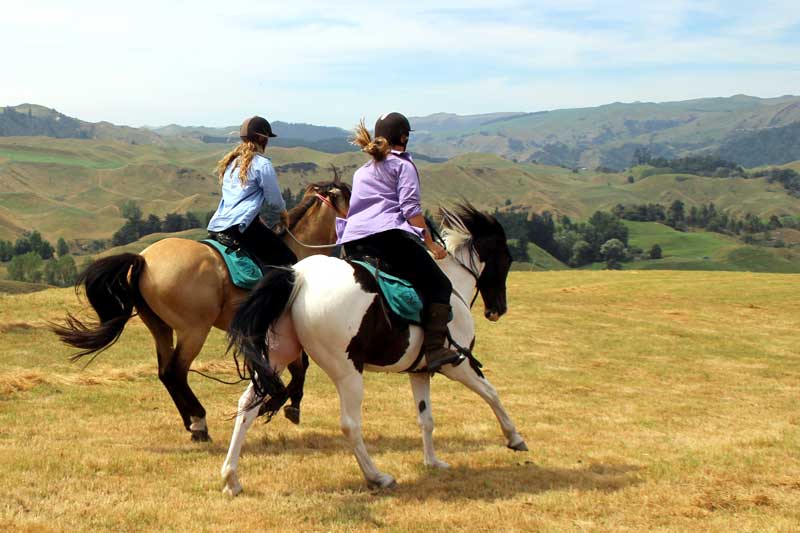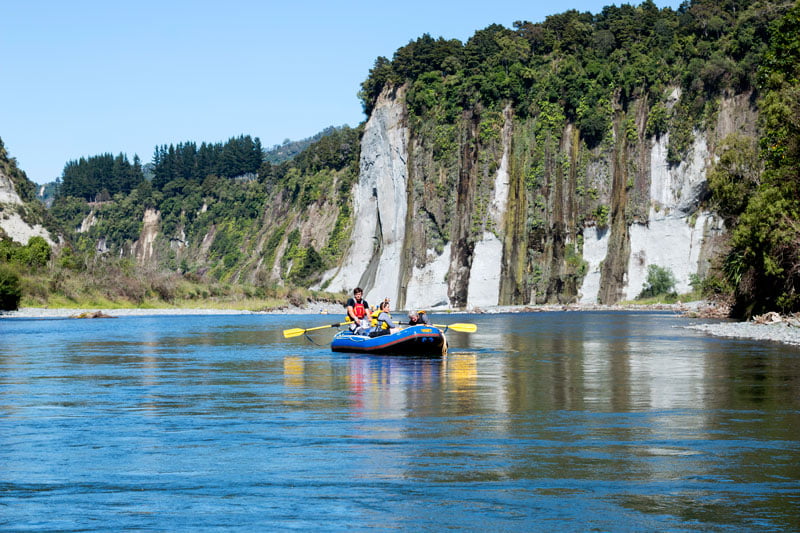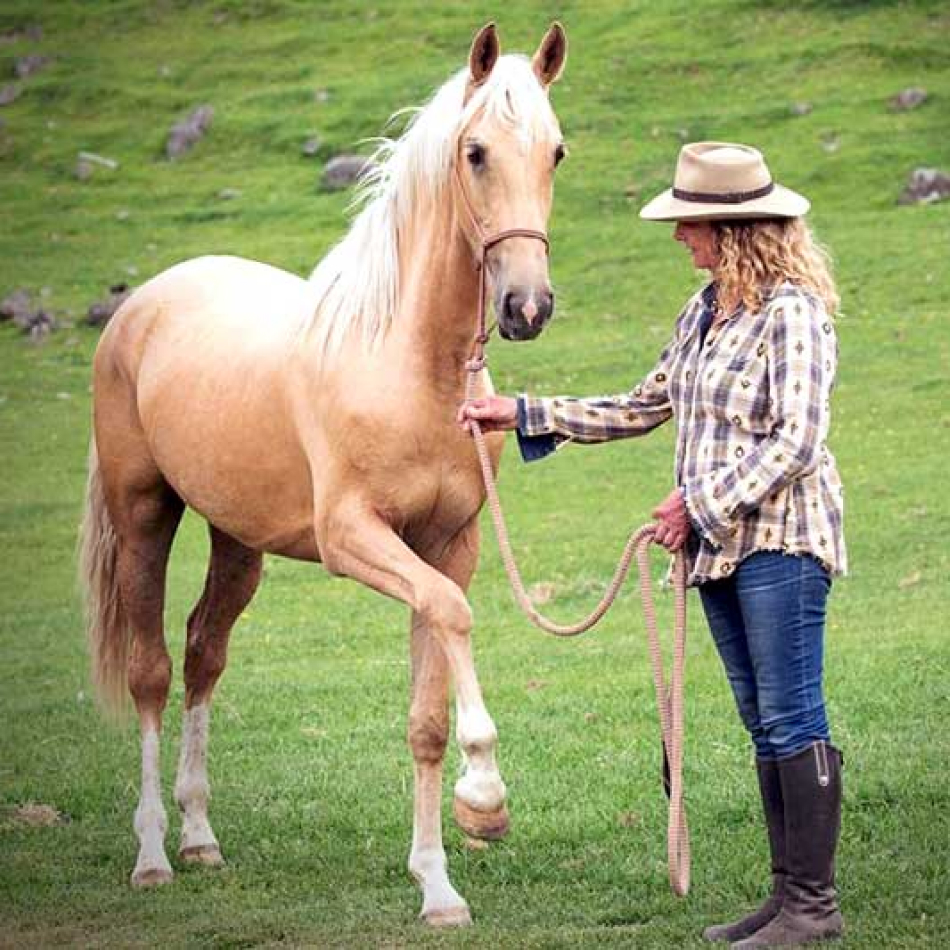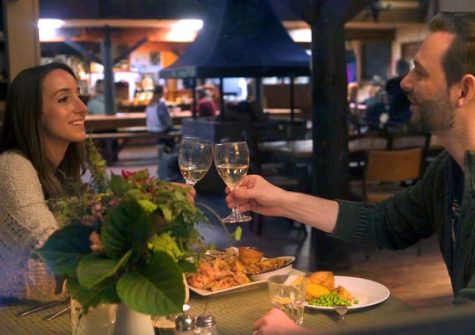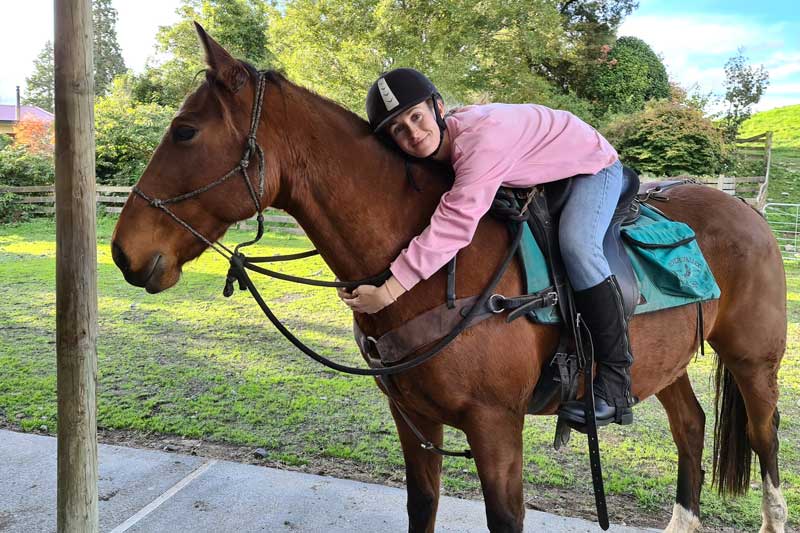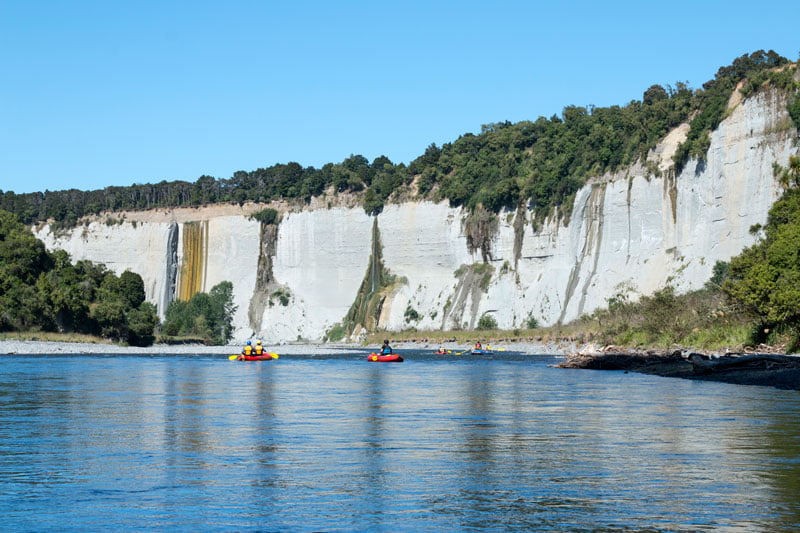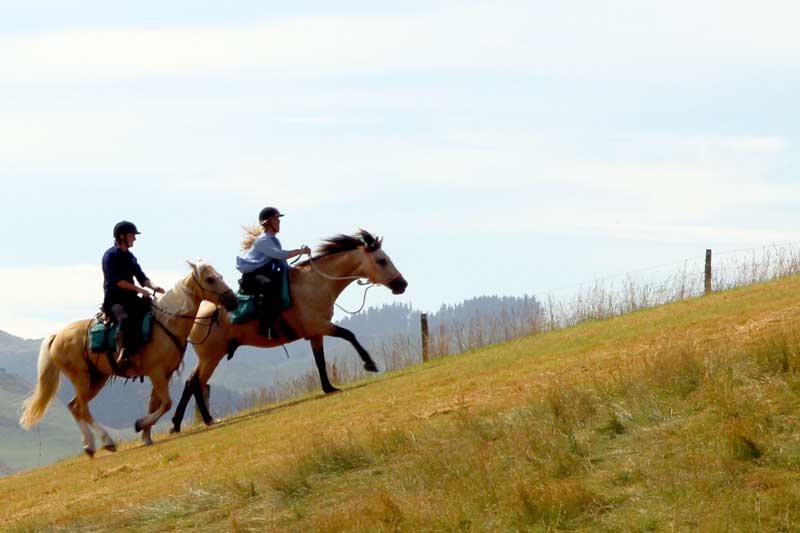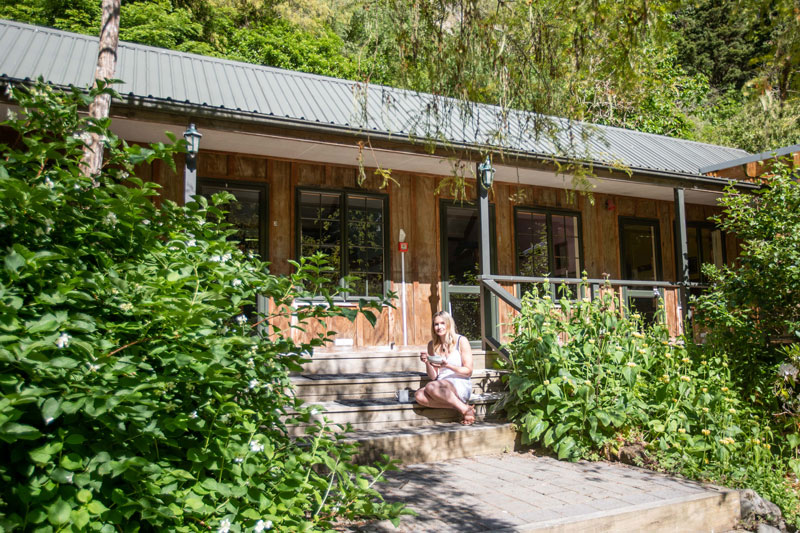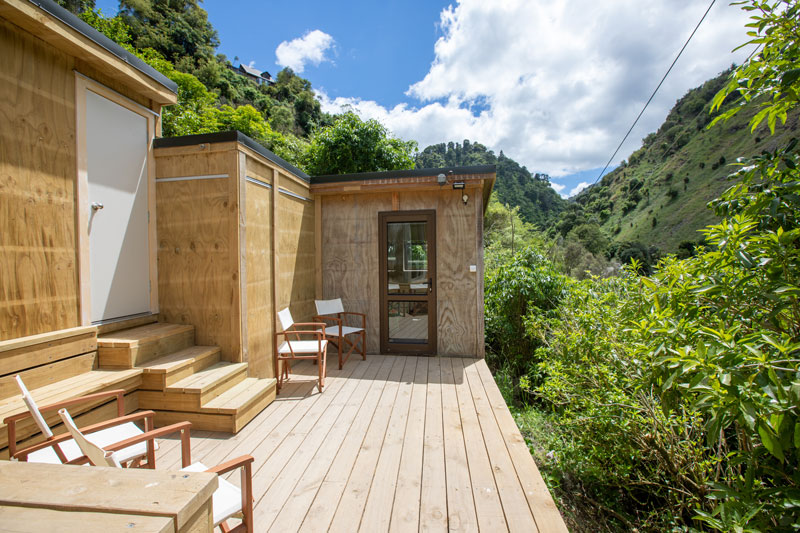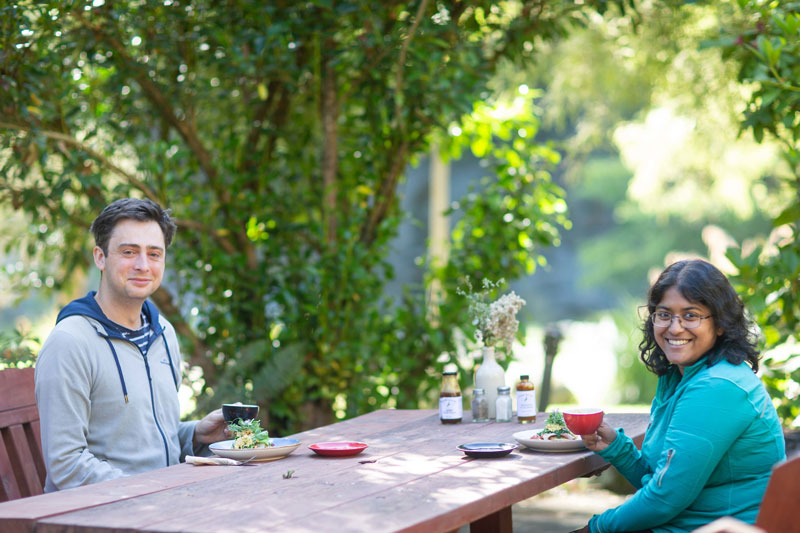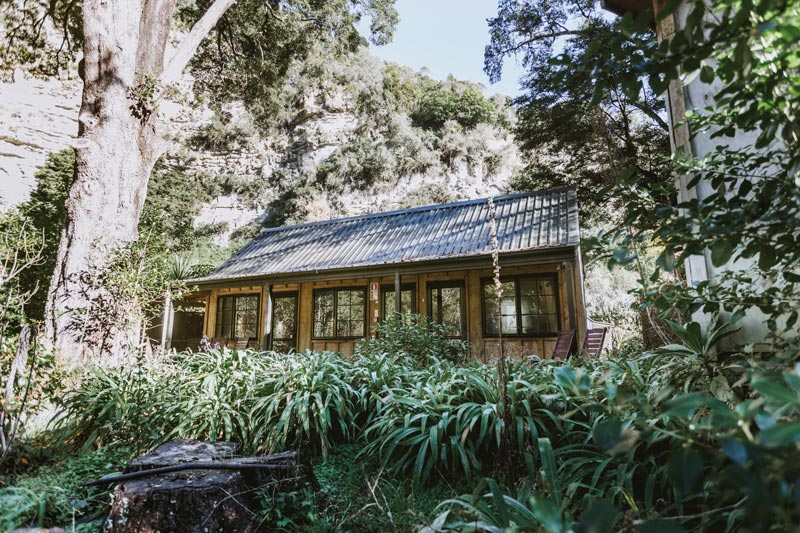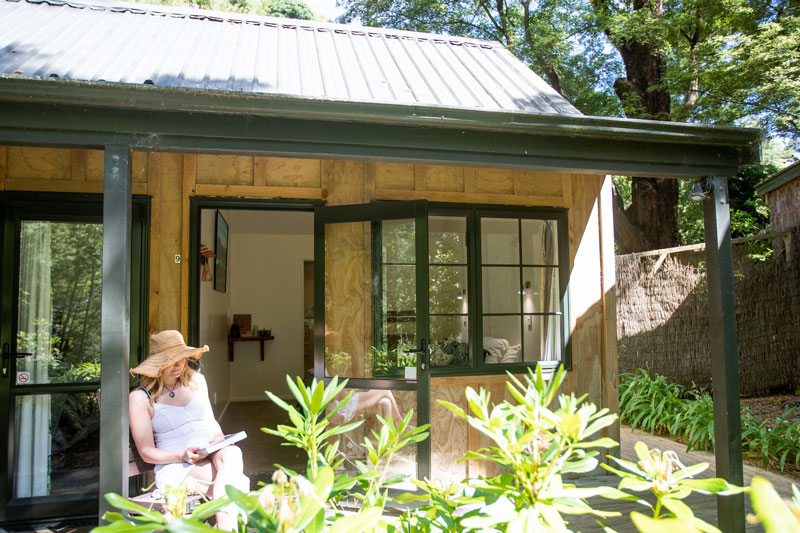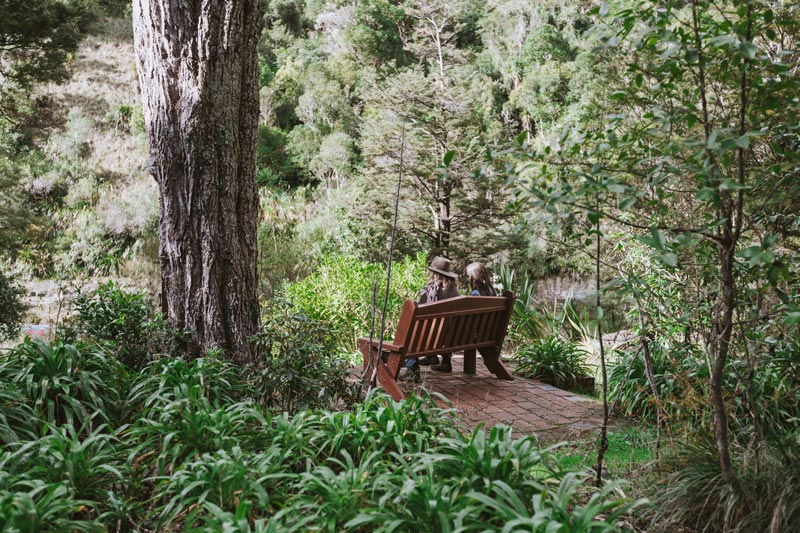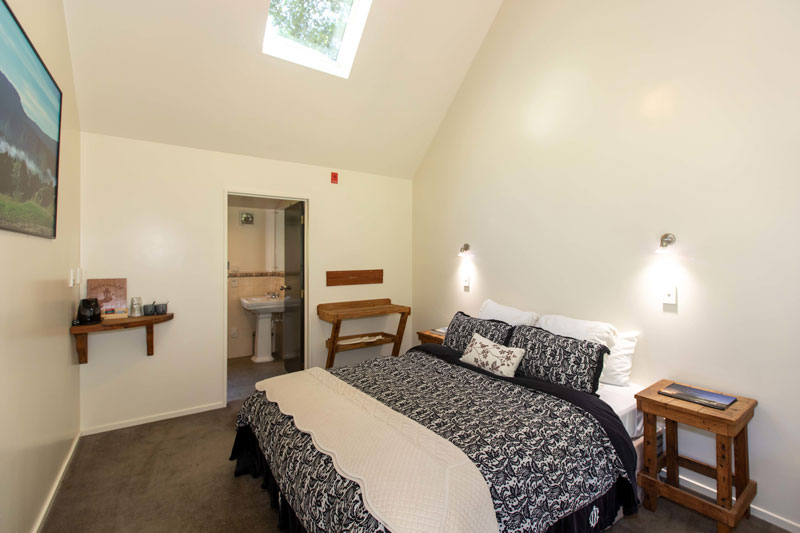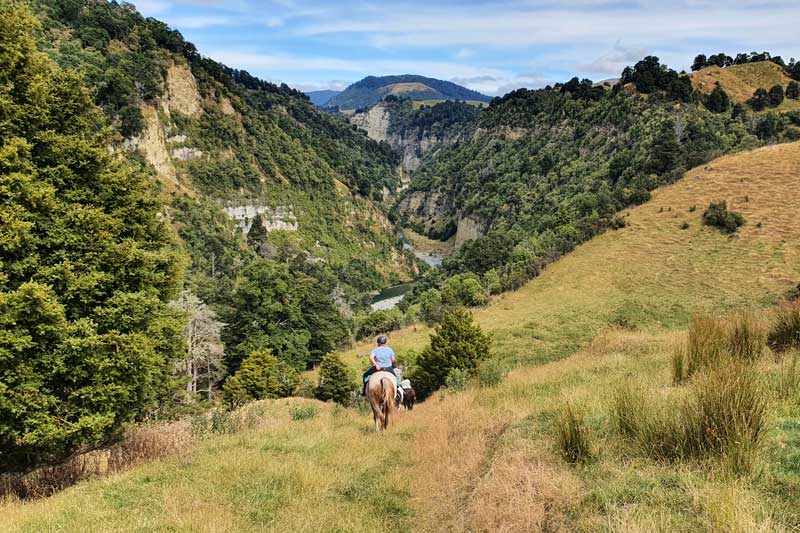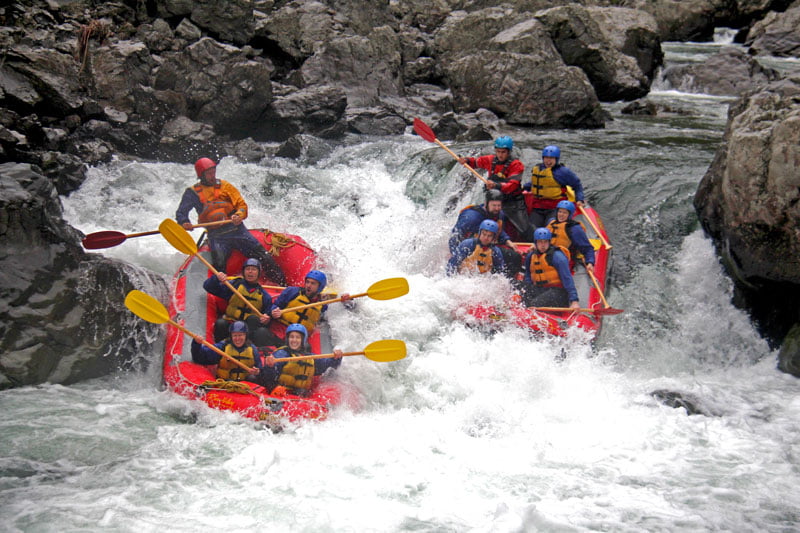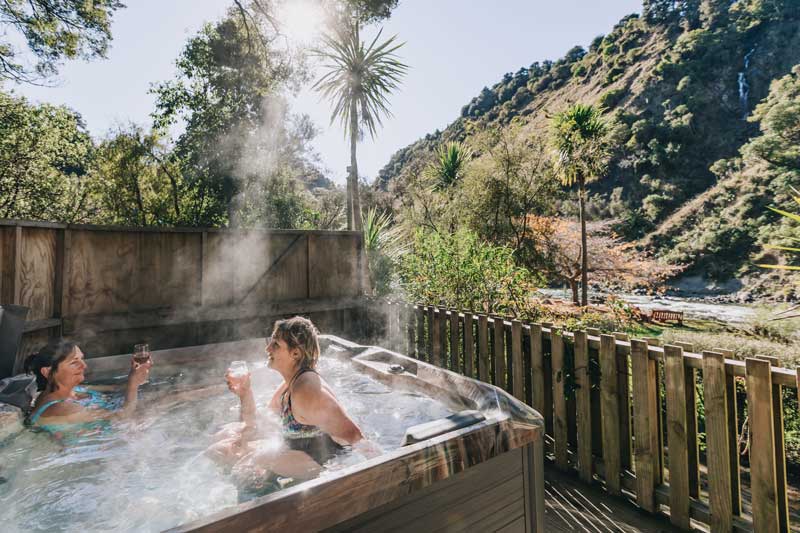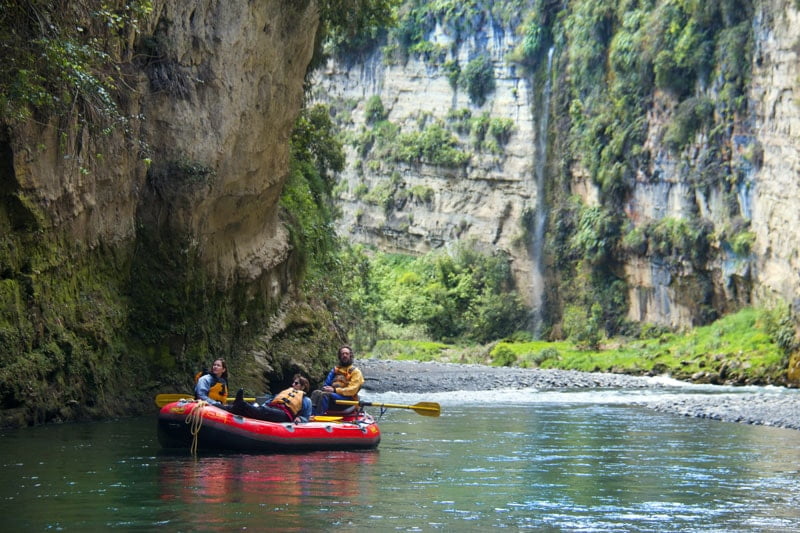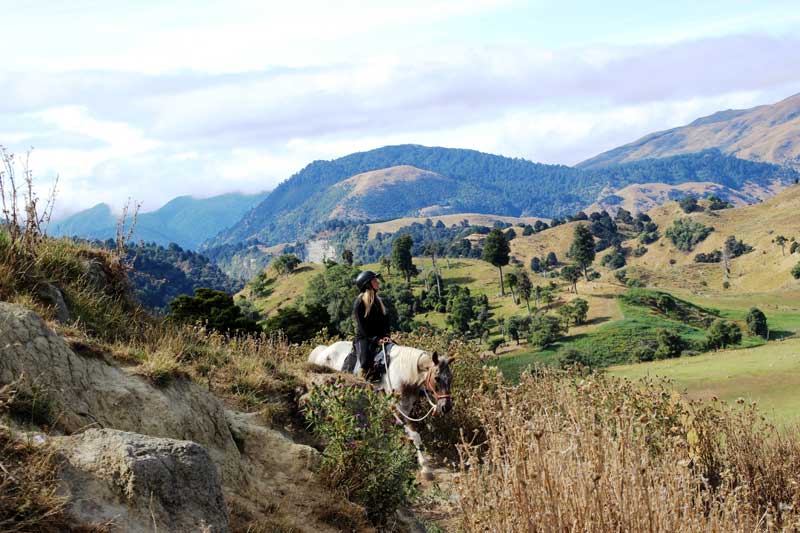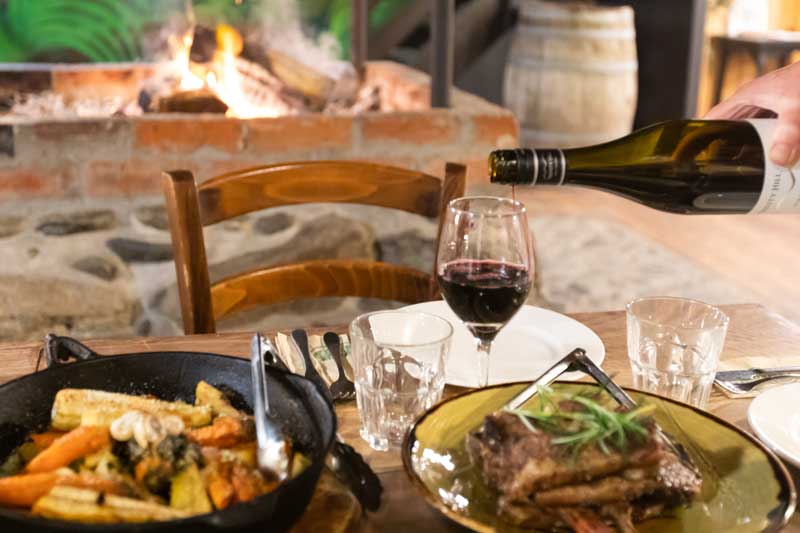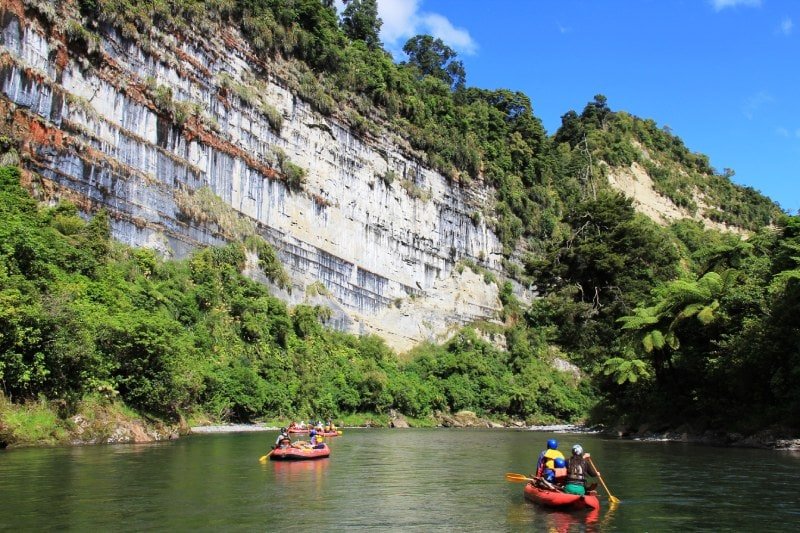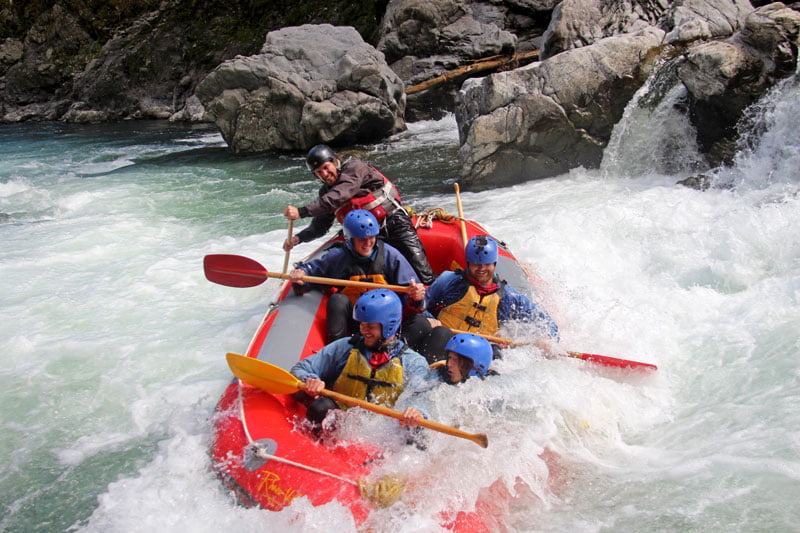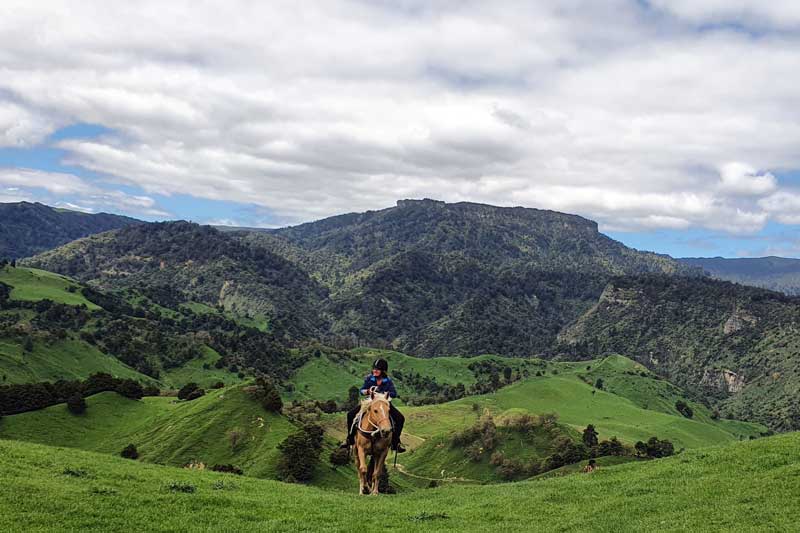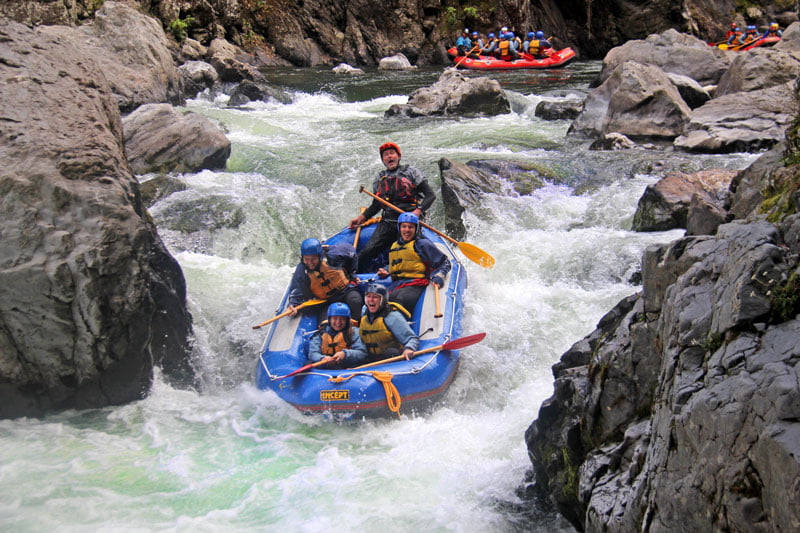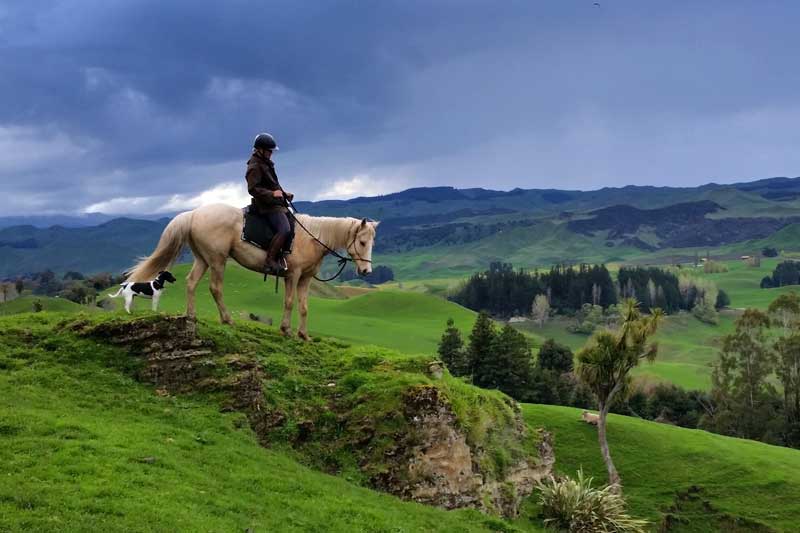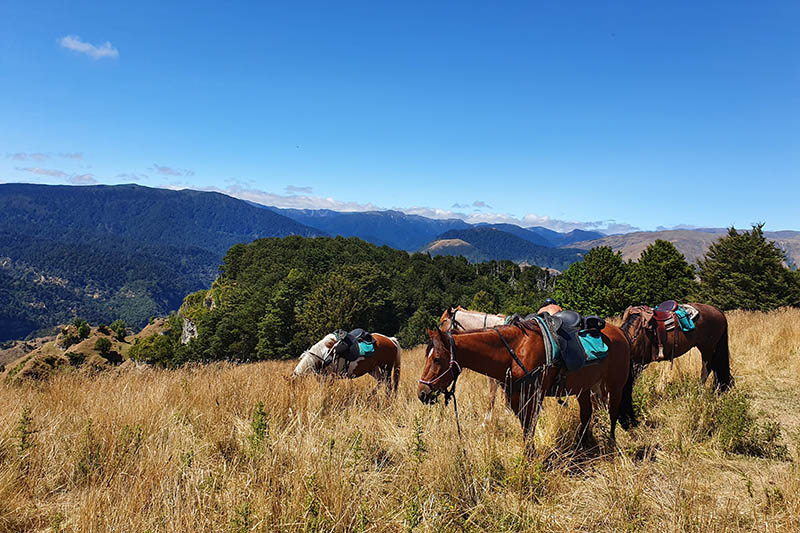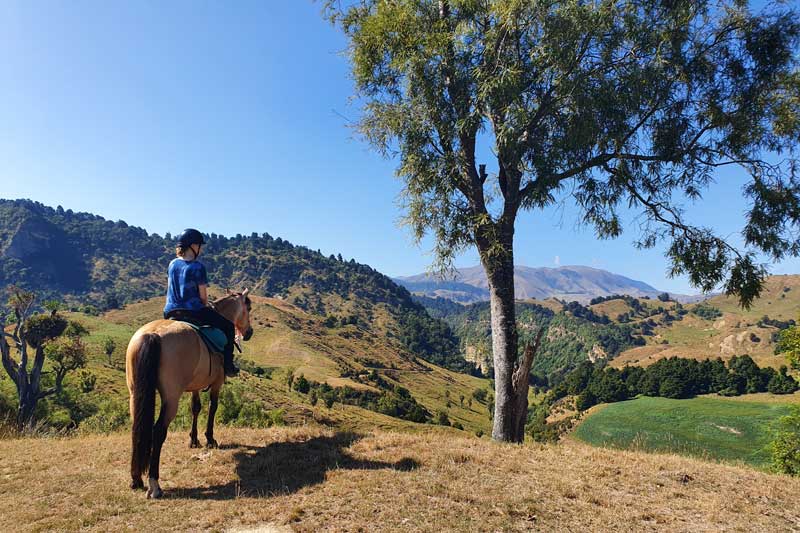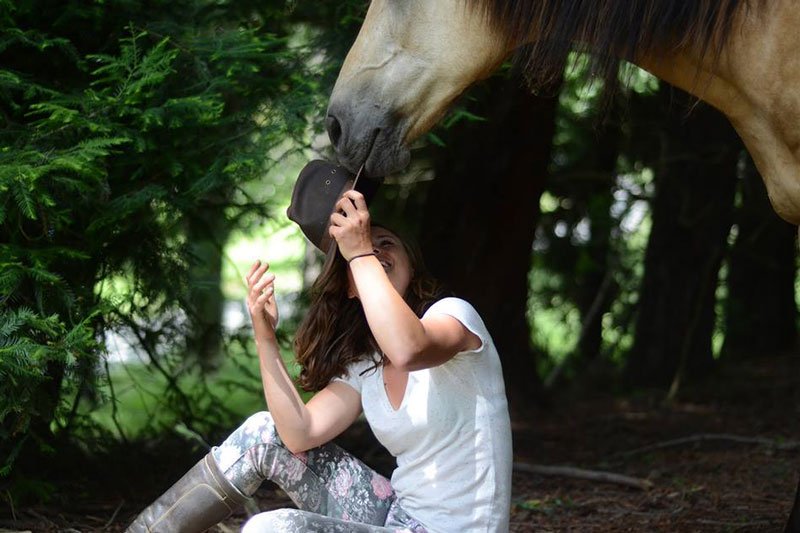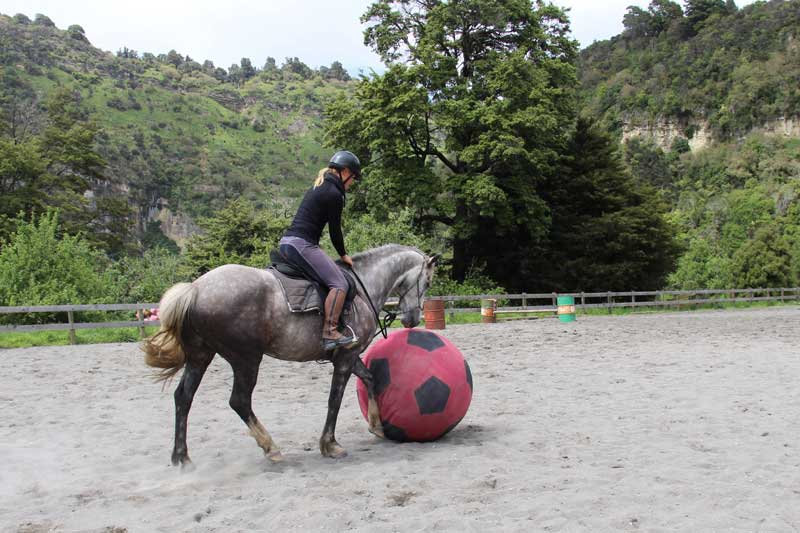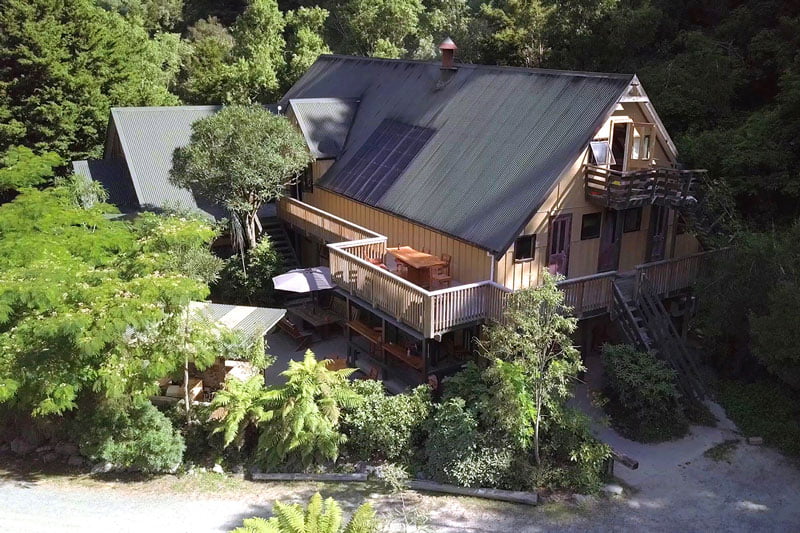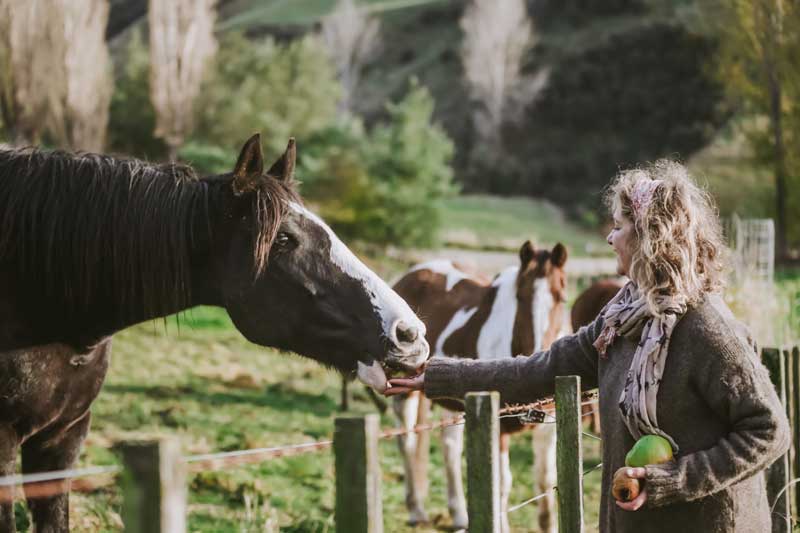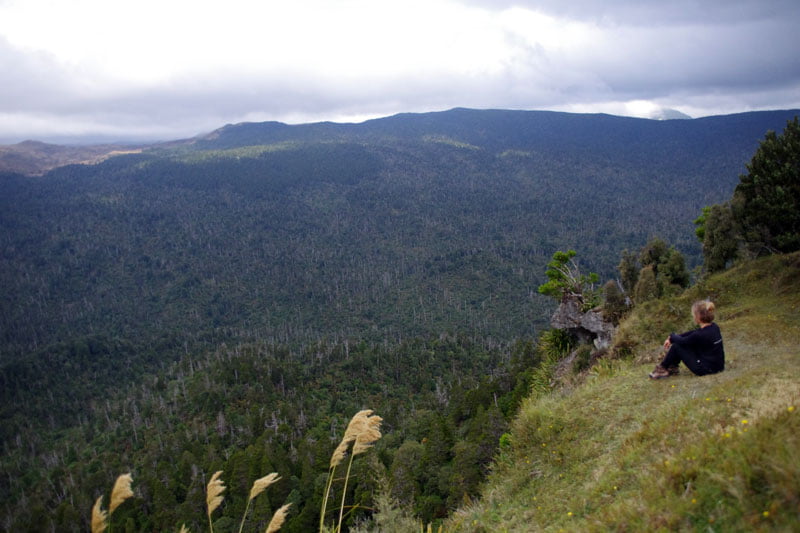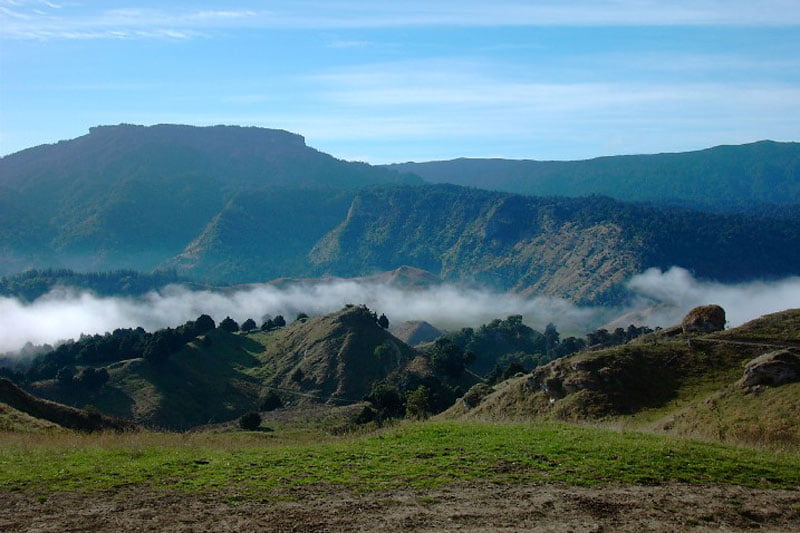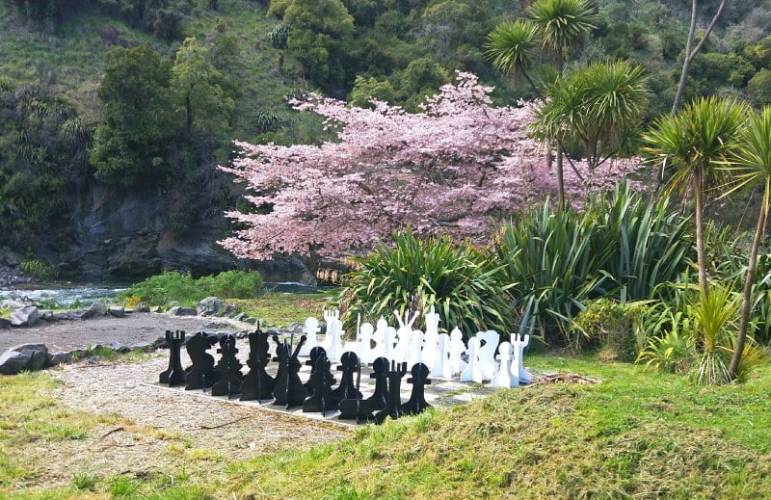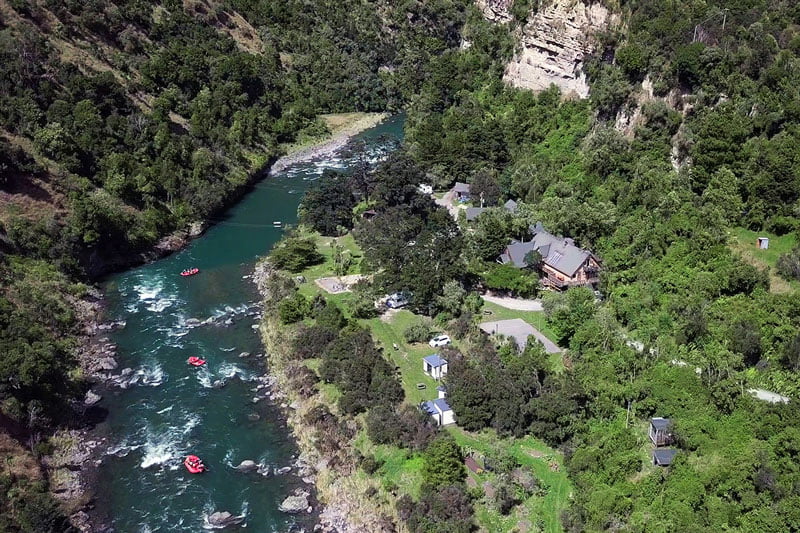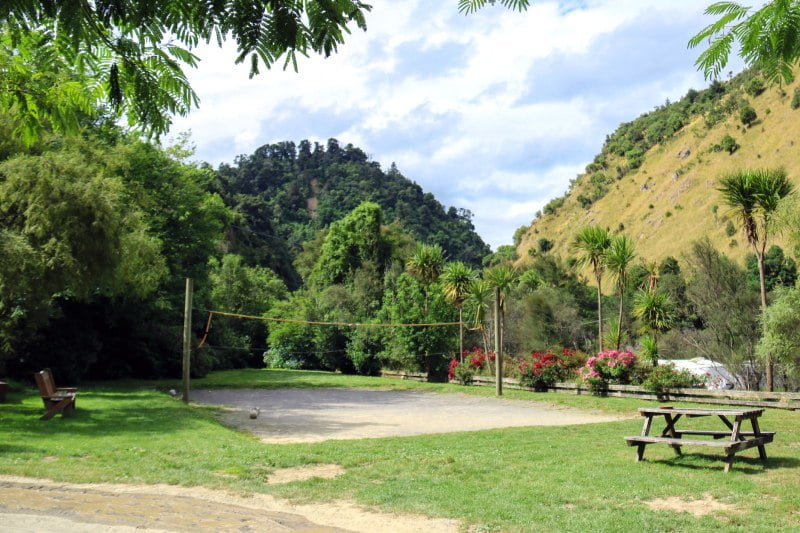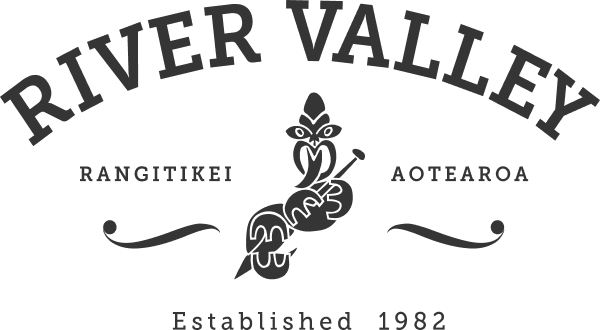Can We Actually Make Change?
At River Valley we like to talk about being regenerative, but is River Valley really a catalyst for regeneration in our rural community?
(Dictionary meaning of “Catalyst” – A person or thing that precipitates an event. “Regeneration” – The action or process of regenerating or being regenerated. “Regenerate” – Bring new and more vigorous life to (an area, industry, institution, etc.); revive.)
We do bring the occasional new long term resident to our rural district. We do bring 20 seasonal staff into our rural community. We do bring thousands of visitors to the back blocks of the central North Island, east of the rural service town of Taihape. We do plant lots of trees, maintain stoat trap lines, grow organic vegetables and so on.
But do these actions actually regenerate anything, and would the other people within our rural community say anything needs regenerating at all?
Apocalypse Now
It is hard not to think back to that old movie, “Apocalypse Now”, without seeing and hearing in my mind the sight and sound of Vietnam War era helicopter gunships.
In our district of Taihape hill country we experience something like that with increasing regularity. Not of course swarms of helicopter gunships, but rather pesticide and herbicide laden agricultural machines, dumping, just like gunships, their loads of death on the steep hills of our landscape. Steep denuded hills that then send tonnes of topsoil into all the small creeks. Not I hasten to add in massive slips, but rather slowly, grain by grain.
Grain by grain until those small streams are choked with silt. The water, turbid, discoloured, the flow sluggish at best.
Ah, but we are told. These practices are “improving” the pasture. Of course they will have to go through the same process of “improving the pasture” at regular intervals because the species they plant cannot thrive long term in increasingly shallow soils. Soils that are losing their topsoil to the creeks and streams. Soils that are laden with the residues of pesticides, herbicides, nitrates and phosphates.
Where Has Everyone Gone?
Our local primary school, Pukeokahu, is now down to 7 pupils. The school covers the age range from 5 years to 12 years. My father in law, now in his early 80s was a student there, my wife and her brothers and sisters were students there, our own 3 daughters were students there, while 2 of our grand children are presently students there.
The occasional small farm that comes up for sale is invariably sold to the neighbours, while the bigger farms are purchased by absentee landowners, often corporate investors. In fact let’s not call them farms anymore, let’s call them protein factories. Entities that measure their success around the production of commodities within really narrow parameters – kilos of lamb per hectare, kilos of beef per hectare, net profit, and of course the big one, tax free capital gain.
Because it is commodities that are being produced, rather than branded niche products, costs need to be kept under tight control. Hence less full time staff (and families), greater use of casual staff and outside contractors. More chemicals, more artificial fertiliser. And as the biosphere and soil biota are increasingly impacted, then ever more chemicals and artificial fertiliser.
And going hand in hand with less staff and more chemicals is a less resilient landscape and community. Less biodiversity, more silted up streams, less people, and those that remain owning their own farms, those who have not yet sold out to the neighbours or investors, are older. In most cases their children have gone. There is little here for them. The staff on the bigger protein factories are often single, or have small or no families. They are transient, leaving before they become a part of the community.
There Is Something Very Wrong With This Picture
The wrongness of this picture makes me put fingers to keyboard. It makes us, the family owners of River Valley question what we can do about it, this wrongness that has invaded our community. But this wrongness is not just confined to here, but is evident throughout agricultural areas and rural communities in much of the world.
It makes us think about what a healthy landscape and rural community may look like.
Or are we just being romantics?
More in our next blog.
Brian Megaw
